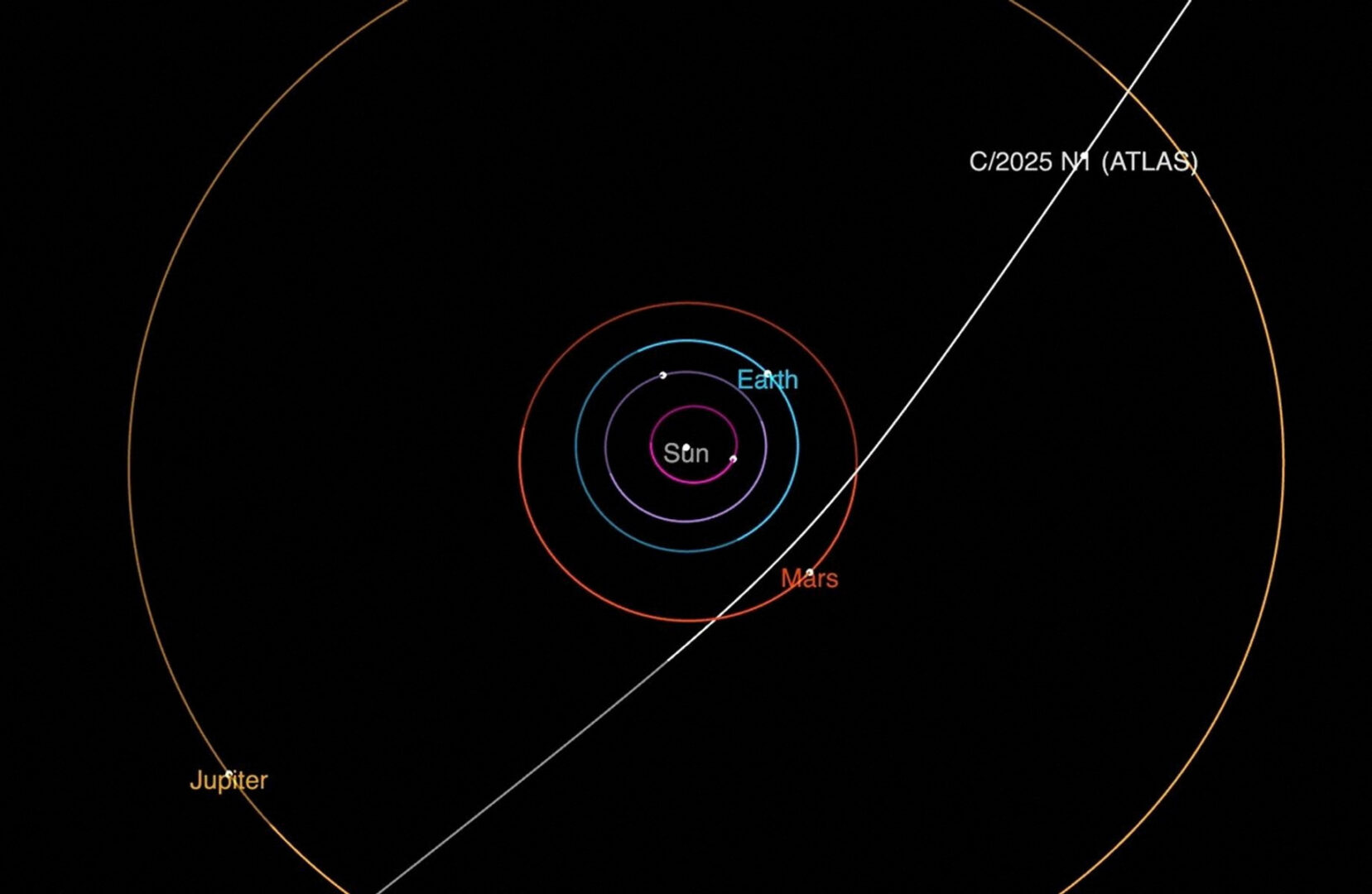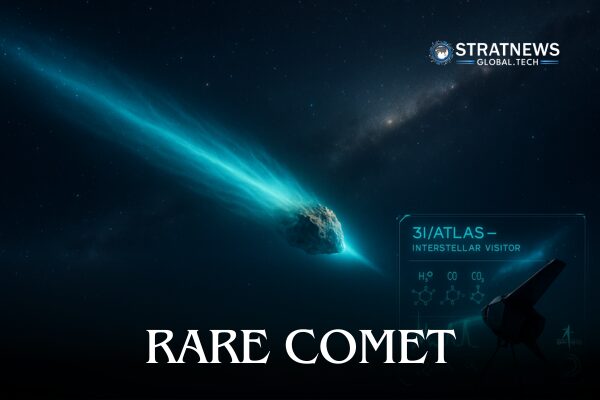A Visitor from Beyond Our Solar System
Astronomers are observing a newly discovered comet that has entered our solar system from interstellar space. This is only the third time such an object has been detected. The comet, named 3I/ATLAS, was first seen on Tuesday by a telescope in Rio Hurtado, Chile. This telescope is part of the Asteroid Terrestrial-impact Last Alert System, known as ATLAS.

NASA confirmed the comet’s unusual path suggests it came from beyond our solar system. The object is travelling at about 37 miles (60 km) per second, moving towards us from the direction of the Milky Way’s centre. Currently, it is around 420 million miles (670 million km) from Earth.
What We Know About Interstellar Comet 3I/ATLAS
Scientists are working to learn more about the comet. According to Larry Denneau, an astronomer at the University of Hawaii, many observation efforts are now in progress using larger telescopes. These observations aim to discover the comet’s composition and structure.
So far, astronomers know that 3I/ATLAS appears similar to the interstellar comet 2I/Borisov, found in 2019. However, 3I/ATLAS may be much larger, with an estimated size of about 10 km (6.2 miles) in diameter. Currently, the comet has a faint coma, which is a cloud of gas and dust surrounding its core. This coma, along with a tail, may become more visible as the comet moves closer to the sun.
No Threat to Earth, but Much to Discover
The comet poses no danger to Earth. It will never come closer than 150 million miles (240 million km) from our planet, which is about 1.5 times the distance between the Earth and the sun. At present, it is roughly 416 million miles (670 million km) from the sun. It is expected to reach its closest approach around 30 October, when it will come within 130 million miles (210 million km) of the sun, moving inside Mars’ orbit.
Astronomers are eager to see how the comet will behave as it approaches the sun later this year. The ATLAS network, funded by NASA and operated by the University of Hawaii, uses five telescopes worldwide to scan the night sky continuously. The system aims to detect objects that could pose a threat to Earth while helping scientists track rare interstellar visitors like 3I/ATLAS.
with inputs from Reuters


